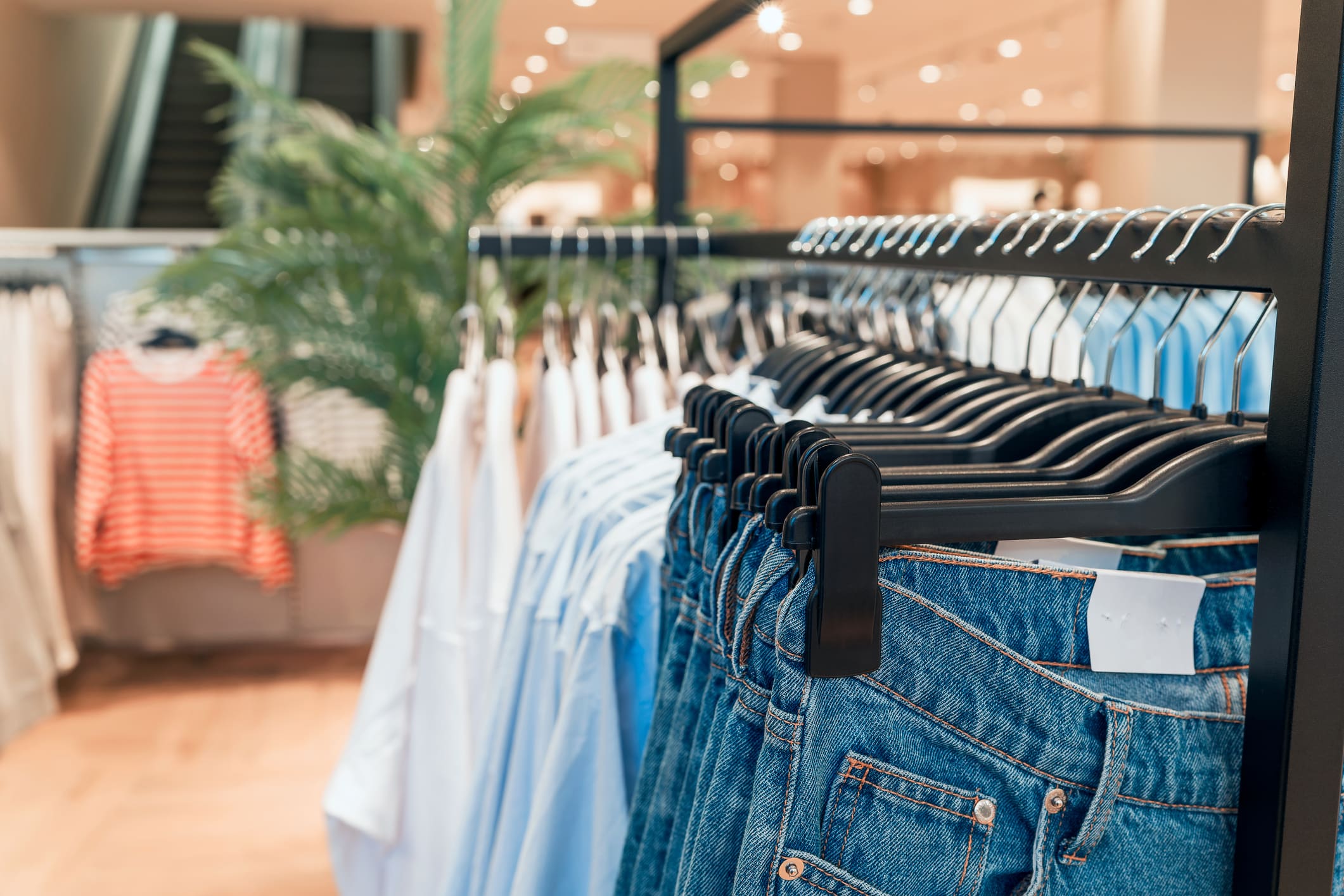
Reclaiming the Profit Pool – How Retailers are Fighting Back on Profit Pressure
Retailers in the UK have been contending with a steadily shrinking profit pool for the past decade; despite the profit pool of the broader value chain expanding. Without strategic intervention, the traditional retail profit pool is projected to shrink 40% by 2030. Retailers must act quickly to reclaim profitability.
The Structural Dynamics
Despite inflation stabilising in 2024, deeper structural issues – such as weak volume recovery and continually cautious consumer spending due to the sluggish recovery of disposable income – continue to challenge retailers. While consumer confidence has begun to improve, wider uncertainty has continued to curb retail spending, with retailers bearing the brunt of the resulting reduced profit pool.
Amidst this backdrop, ‘intervention’ from policymakers layered new pressure on retail economics, and the everyday cost of operation inflated faster than sales improved. While there has been recovery since the ‘darkest day’ of COVID, retailers are still facing significant pressures.
We see three key structural trends that will shape the coming years:
- Structural pressure on volumes are here to stay, with total retail volumes predicted to only return to 2021 levels by 2028.
- Customers have found their channel balance, and all market growth is coming from multichannel journeys and omnichannel strategy.
- The capabilities required for retailers to survive and thrive are rapidly evolving, and for many retailers these are not longstanding strengths.
In many retail sectors, the most acute value chain pressure is felt by retailers as retail operating margins narrow. In contrast, brands, logistics providers, affiliates, media agencies and more have experienced growth. This unfairly reflects the value retailers present to shoppers and brands.
The Value of Retailers
Retailers still offer unique benefits to brands, and play a critical role in their success:
- Scale: Retailers provide access to a broad market via established networks and customer bases
- Convenience: Retailers offer greater ease in logistics of distribution for brands
- Experience: Retailers hold a great depth of consumer knowledge and market expertise
- Consumer Insights: Brands can tap into retailers unprecedented insights into consumer behaviour models with new digital tools.
After a period of focus on D2C, Nike has begun rebuilding wholesale ties with retailers since 2023 – and Glossier moved from an exclusively D2C model towards an omnichannel approach, integrating traditional retail avenues.
<div style=”position: relative; width: 100%; height: 0; padding-top: 75.0000%;
padding-bottom: 0; box-shadow: 0 2px 8px 0 rgba(63,69,81,0.16); margin-top: 1.6em; margin-bottom: 0.9em; overflow: hidden;
border-radius: 8px; will-change: transform;”>
<iframe loading=”lazy” style=”position: absolute; width: 100%; height: 100%; top: 0; left: 0; border: none; padding: 0;margin: 0;”
src=”https://www.canva.com/design/DAGj8q_CFbE/LzT9LzdeD0ZcbZ67kCwkqg/view?embed” allowfullscreen=”allowfullscreen” allow=”fullscreen”>
</iframe>
</div>
Reclaiming Profitability:
Four Strategic Levers for Retailers:
To reclaim share of the profit pool, we see retailers adopting four major strategies:
Rethinking commercials of brand partnerships: Closer collaborations in sourcing, manufacturing and marketing can unlock new efficiencies and cost-savings across the value chain. For example, retailers have increasingly moved into the advertising agency space utilising access to first-party consumer data and synergies in market trend analysis to improve their offerings, brand proposition and wider retail marketing strategy.
Boots’ launch of Boots Media Group (BMG) is a prime example of this. Launched in 2021 as a partnership with Threefold Agency, BMG is now a full-service advertising agency for Boots supplier brands that support brands in building connected co-marketing campaigns that are tailored to Boots customers using first party data on consumer shopping and ROI reporting.
Broadening reach in the value chain: Up to ~15% of retailer margin is spread across marketing, logistics and tech, a space typically dominated by third parties. By tapping into these spaces, retailers can expand their reach in the value chain.
New distribution models, for example, can monetise spare logistics capacity. Walmart recently launched a fulfilment services division, offering distribution services for third-party sellers for orders placed on any e-commerce site, including cross-border fulfilment services for merchants from ports origin of Asia.
Automation and Streamlining: Automation is likely one of the fastest and most effective ways for retailers to grow their margins – with AI powered pricing, labour scheduling and demand forecasting showing measurable impact.
There are good examples of consumer facing businesses delivering material returns from implementation of automation and AI – for example, Dan Murphy’s saw a +30% increase in sales conversion, a $0.5million savings in printing costs and a 12 hour/store time saving a week after rolling out Electronic Shelf Labels that instantly update pricing based on AI driven competitor monitoring.
Monetising data smarter: Retailers are beginning to build capability to monetise their data, through monitoring of market trends, consumer behaviour[GD2] , competitive benchmarking and predictive dashboards. This is currently most focused around supporting customer reach at various levels of maturity – with retail giant Amazon having captured 6.8% of its total revenue in 2023 through retail media.
Despite a challenging few years for retailers, lost profitability can be recouped through adopting these strategies. Retailers must be front-footed in their approaches to brand partnerships, expanding their reach in the value chain, automation, and data monetisation – or risk facing a 40% loss in profit pool by 2030.
To hear more of our insights into the retail profit pool, actionable growth insights, and expert strategic support, get in touch with our Retail experts, or email [email protected].
Key Contacts

Matt Coode
Partner

Lucy Matchett
Associate Partner



